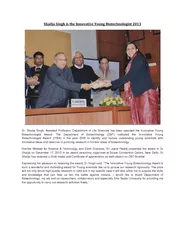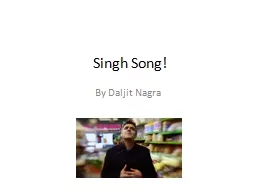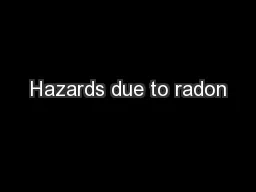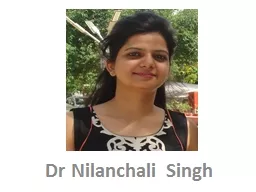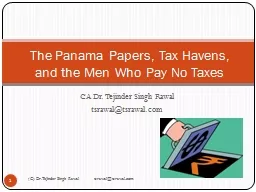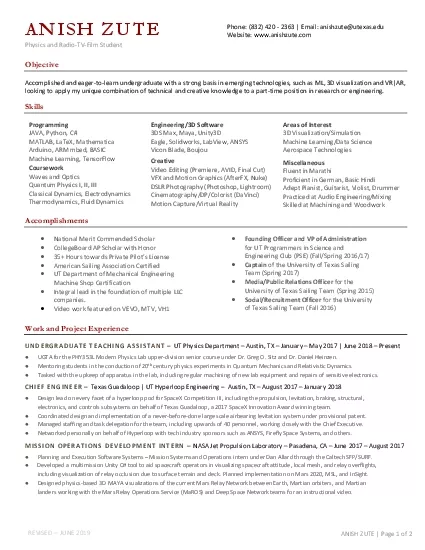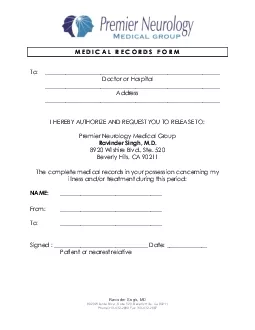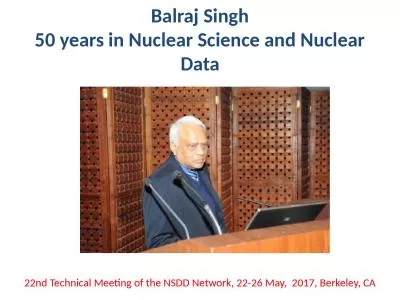PPT-Presented By: Anish Tulshyan 12810009 Nishita Singh 12810058
Author : yoshiko-marsland | Published Date : 2019-11-06
Presented By Anish Tulshyan 12810009 Nishita Singh 12810058 Rahul Paul 12810064 Shailendra Gautam 12810075 Sharad Srivastava 12810078 The law relating to negotiable
Presentation Embed Code
Download Presentation
Download Presentation The PPT/PDF document "Presented By: Anish Tulshyan 1281000..." is the property of its rightful owner. Permission is granted to download and print the materials on this website for personal, non-commercial use only, and to display it on your personal computer provided you do not modify the materials and that you retain all copyright notices contained in the materials. By downloading content from our website, you accept the terms of this agreement.
Presented By: Anish Tulshyan 12810009 Nishita Singh 12810058: Transcript
Download Rules Of Document
"Presented By: Anish Tulshyan 12810009 Nishita Singh 12810058"The content belongs to its owner. You may download and print it for personal use, without modification, and keep all copyright notices. By downloading, you agree to these terms.
Related Documents


